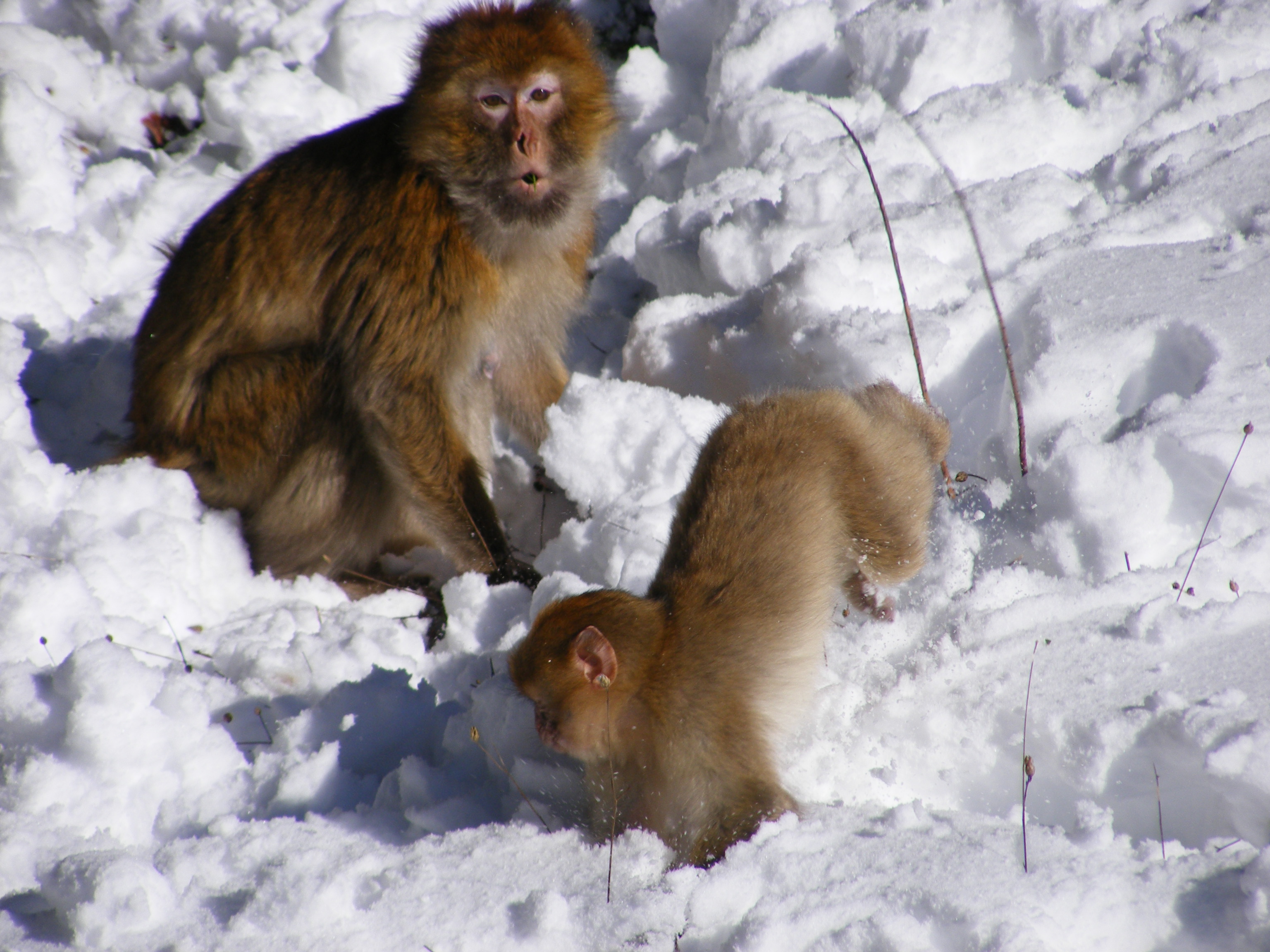
Primatology, what's that?
If you were to throw a party and you could only invite people from one major, which major would you pick? Correct answer: biology.
Biology majors are chock-full of weird animal facts! This term I am taking a course on Primate Behavior and Ecology (aka primatology). While there is a lot of reading about the philosophy of taxonomy, molar shape and gestation lengths, there surely are a plethora of quirky facts I’m learning about our simian cousins.

Enough about prosimians, let’s talk about New World Monkeys:

Old World Monkeys: oldies but goodies. Two very famous kinds of Old World Monkeys are the snow monkeys of Japan and the Barbary Macaques:


Real apes, then: gibbons, gorillas, chimpanzees, bonobos, orangutans, and humans.
When you picture an orangutan, is this what you think of?


Interestingly, all unflanged males possess the ability to develop cheek flanges, but the transformation will not occur if the unflanged male is living in an area occupied by flanged males. But once the metamorphosis starts, the change from unflanged to flanged will be complete in just a few weeks! Well, it’s back to the library for me. So many primates, so little time!
Photo sources:
https://en.wikipedia.org/wiki/File:Aye-aye_%28Daubentonia_madagascariensis%29.jpg
https://en.wikipedia.org/wiki/File:Lepilemur_randrianasoli_a.PNG
https://en.wikipedia.org/wiki/Northern_muriqui
https://articles.sfgate.com/2008-03-02/travel/17166361_1_wild-monkeys-macaques-national-park
https://barbarymacaque.blogs.lincoln.ac.uk/2011/01/31/winter-woes/
last two: (https://www.orangutan.org/orangutan-facts/orangutan-behavior



